🌍 Cultural Marvels of Barcelona, Spain 🇪🇸
Explore the Rich Tapestry of Barcelona's Art, Architecture, and Heritage
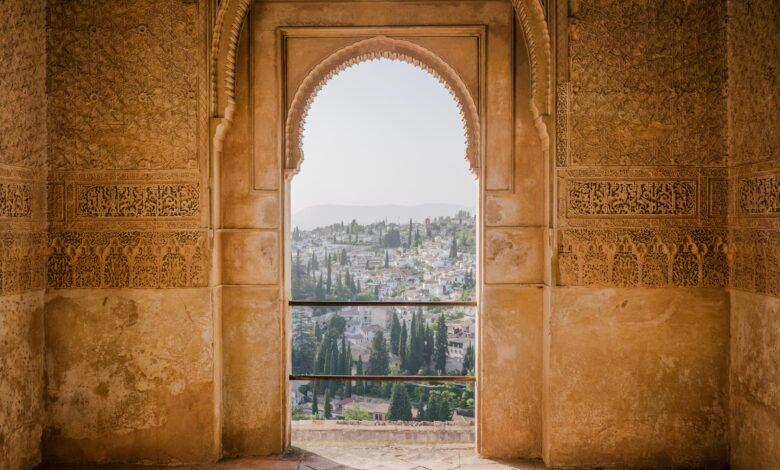
Introduction
Barcelona, a city that effortlessly blends tradition with modernity, stands as a testament to the richness of Catalan culture. From the surreal architectural wonders crafted by Antoni Gaudí to the vibrant arts scene and delectable culinary offerings, Barcelona is a treasure trove of cultural marvels waiting to be explored. Join us on a journey through the heart of Catalonia as we delve into the enchanting facets that make Barcelona a cultural gem on the world stage.
Gaudi’s Architectural Wonders
Sagrada Familia: A Marvel of Antoni Gaudí’s Architectural Vision
One of the most iconic landmarks in Barcelona, the Sagrada Familia stands as a testament to the genius of the renowned Catalan architect, Antoni Gaudí. Construction on this basilica began in 1882, and Gaudí dedicated over 40 years of his life to its design until his untimely death in 1926. Today, the Sagrada Familia remains incomplete but continues to captivate visitors with its awe-inspiring architecture and intricate details.
Gaudí’s distinctive style is evident in every facet of the Sagrada Familia. The facade tells the story of the Nativity, Passion, and Glory of Jesus Christ, with each detail meticulously crafted to convey a profound spiritual narrative. The use of organic forms, vibrant colors, and intricate sculptures creates a unique fusion of Gothic and Art Nouveau elements, making the Sagrada Familia a true masterpiece.
As visitors step inside, they are enveloped by a forest of towering columns that seem to reach towards the heavens. The play of natural light through stained glass windows bathes the interior in a kaleidoscope of colors, creating a mesmerizing and ethereal atmosphere. The Sagrada Familia is not merely a building; it is a spiritual journey through Gaudí’s profound connection to nature, religion, and architecture.
Park Güell: Gaudí’s Whimsical Wonderland in Barcelona
Park Güell, another gem in Gaudí’s portfolio, is a whimsical wonderland nestled in the hills overlooking Barcelona. Originally conceived as a residential project, it was commissioned by entrepreneur Eusebi Güell and designed by Gaudí between 1900 and 1914. Today, it stands as a public park, offering visitors a surreal and enchanting experience.
The park’s entrance is guarded by the famous multicolored lizard sculpture, popularly known as “El Drac” or the Dragon. This mosaic-covered creature sets the tone for the fantastical journey that awaits within. As visitors explore the park, they encounter vibrant ceramic mosaics, curving organic forms, and playful architectural elements that seem to defy gravity.
One of the highlights of Park Güell is the expansive terrace adorned with a serpentine bench covered in colorful tile shards. This bench not only provides a panoramic view of the city but also showcases Gaudí’s ingenious use of ceramics. The park is a celebration of nature and human imagination, blending seamlessly to create a visual spectacle that transports visitors into a world of fantasy.
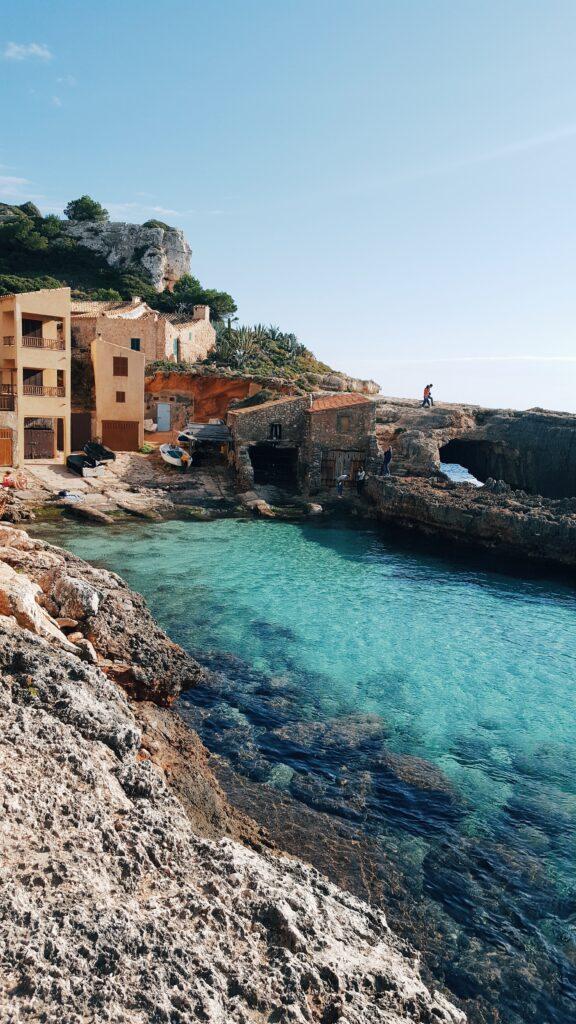
Picasso Museum
Picasso Museum: A Glimpse into the Artistic Evolution
Nestled in the heart of Barcelona’s historic El Born district, the Picasso Museum is a treasure trove that chronicles the artistic evolution of one of the 20th century’s most influential artists, Pablo Picasso. Established in 1963, the museum is housed in five adjoining medieval palaces, creating a unique architectural backdrop that enhances the experience of exploring Picasso’s diverse body of work.
The museum provides a comprehensive overview of Picasso’s artistic journey, spanning his early years to the final stages of his illustrious career. Visitors can witness the transition from his early academic studies to the groundbreaking innovations that characterized his cubist period. The collection includes paintings, sculptures, ceramics, and sketches, offering an intimate look into the mind of a creative genius.
Highlights of Picasso’s Works: Masterpieces Unveiled
Among the myriad of artworks on display, certain pieces stand out as iconic representations of Picasso’s mastery. “Las Meninas,” a series that reinterprets Diego Velázquez’s famous painting, showcases Picasso’s ability to deconstruct and reimagine classical art. The museum also boasts an impressive collection of his Blue Period and Rose Period paintings, each reflecting the emotional depths that Picasso delved into during these phases of his life.
One cannot miss the captivating “Science and Charity,” a painting from Picasso’s early years, revealing the prodigious talent that would later redefine the art world. The juxtaposition of these key works allows visitors to appreciate the breadth and depth of Picasso’s artistic versatility, making the museum a pilgrimage site for art enthusiasts.
Picasso’s Connection to Barcelona: A Homecoming for the Artist
Beyond being a repository of Picasso’s works, the museum holds profound significance as it embodies the artist’s deep connection to Barcelona. Born in the nearby city of Málaga, Picasso spent his formative years in Barcelona, where he began his formal art education. The city’s vibrant cultural scene and avant-garde spirit left an indelible mark on the young artist, shaping the innovative trajectory of his artistic endeavors.
The museum itself is a manifestation of Picasso’s desire to give back to the city that played a pivotal role in his artistic development. By showcasing his works in Barcelona, Picasso’s museum becomes a homecoming, a testament to the enduring bond between the artist and the city that fueled his creative spirit.
The Gothic Quarter
The Gothic Quarter: A Tapestry of Barcelona’s Historical Significance
Nestled in the heart of Barcelona, the Gothic Quarter, or Barri Gòtic, is a captivating neighborhood that serves as a living testament to the city’s rich history. Dating back to the Roman period, the Gothic Quarter is a maze of narrow medieval streets and charming squares, offering visitors a journey through time. Its historical significance is deeply rooted in its role as the center of Barcelona’s civic and religious life for centuries.
As the nucleus of the old city, the Gothic Quarter witnessed the rise and fall of empires, the flourishing of medieval trade, and the architectural splendor of various periods. The quarter’s historic structures, from the majestic Barcelona Cathedral to the remnants of Roman walls, echo the tales of conquests, cultural exchange, and the evolution of Barcelona into the vibrant metropolis it is today.
Architecture and Landmarks: A Visual Feast of Gothic Grandeur
One cannot explore the Gothic Quarter without being enraptured by its architectural wonders. The Barcelona Cathedral, a masterpiece of Catalan Gothic architecture, stands tall as a symbol of religious devotion and artistic achievement. Wandering through the labyrinthine streets, visitors encounter hidden gems like the Plaça del Rei, where the Palau Reial Major and the Chapel of St. Agatha stand as exquisite examples of medieval architecture.
The quarter’s charm lies in its fusion of styles, blending Gothic structures with remnants of Roman and Visigothic influences. The Plaça Sant Jaume, home to the City Hall and the Palau de la Generalitat, showcases the grandeur of civic architecture across different epochs. The Gothic Quarter is not merely a historic district; it’s an architectural time capsule that invites exploration and contemplation.
Role in Modern-Day Barcelona: The Pulse of Culture and Commerce
While steeped in history, the Gothic Quarter is far from a relic of the past. Today, it pulsates with life, playing a crucial role in shaping modern-day Barcelona. The cobblestone streets are lined with eclectic shops, trendy boutiques, and cozy cafes, creating a dynamic atmosphere where the ancient and the contemporary coexist harmoniously.
The quarter’s cultural significance extends to its role as a hub for artistic expression and cultural events. From art galleries to street performers, the Gothic Quarter is a canvas where the spirit of Barcelona’s creative community thrives. The fusion of history and modernity makes this neighborhood a magnet for both locals and tourists seeking an immersive experience in the heart of the city
Culinary Delights
Culinary Delights: Exploring the Rich Tapestry of Traditional Catalan Cuisine
Catalan cuisine, deeply rooted in tradition and local flavors, is a gastronomic journey that tantalizes the taste buds. From hearty stews to fresh seafood dishes, Catalonia’s culinary heritage reflects the region’s diverse landscapes and cultural influences. One cannot delve into Catalan cuisine without savoring iconic dishes like “paella,” a flavorful rice dish often infused with seafood, and “crema catalana,” a luscious dessert reminiscent of crème brûlée. The emphasis on fresh, locally-sourced ingredients ensures that every bite is a celebration of Catalonia’s natural bounty.
Famous Markets and Food Streets: A Feast for the Senses
To truly immerse oneself in Catalan culinary delights, a visit to the vibrant markets and food streets is a must. La Boqueria, Barcelona’s most famous market, is a kaleidoscope of colors and aromas where locals and visitors alike converge to discover fresh produce, cured meats, and an array of regional specialties. Strolling down La Rambla, one encounters a mosaic of street food vendors offering everything from churros to savory tapas. The bustling Mercat de Santa Caterina is another culinary gem, where market-goers can indulge in the finest Catalan cheeses, olives, and artisanal delights.
Fusion of Traditional and Modern Gastronomy: A Culinary Renaissance
Catalonia’s culinary scene is not bound by tradition alone; it is a dynamic fusion of the old and the new, a testament to the region’s innovative spirit. Renowned chefs have elevated traditional recipes, infusing them with modern techniques and global influences. Michelin-starred restaurants like El Celler de Can Roca in Girona showcase the evolution of Catalan gastronomy, offering avant-garde interpretations of classic dishes. The concept of “mar i muntanya,” combining seafood and mountain ingredients, exemplifies Catalonia’s ability to seamlessly blend tradition with contemporary culinary trends.
Mediterranean Beaches
Mediterranean Beaches: Barcelona’s Coastal Oasis
Barcelona’s beaches, graced by the gentle waves of the Mediterranean Sea, form an integral part of the city’s allure. Offering a perfect blend of sun, sea, and sand, these urban beaches provide locals and visitors alike with a serene escape within the bustling metropolis. The city’s coastline stretches for approximately 4.5 kilometers, encompassing a series of distinct beaches, each with its own character and charm.
Cultural Importance of Beach Culture: Soaking in the Mediterranean Lifestyle
The cultural importance of Barcelona’s beach culture extends far beyond the sunbathing and swimming activities. The beaches are a symbol of the city’s laid-back lifestyle, where locals and tourists converge to unwind and socialize. The Mediterranean ethos of “joie de vivre” is palpable as beachgoers engage in lively conversations, beach volleyball matches, or simply relax with a good book. The beachfront promenade, known as the Passeig Marítim, is a vibrant tapestry of cafes, bars, and shops, embodying the essence of Barcelona’s coastal spirit.
Activities and Attractions Along the Coast: Beyond the Shoreline
Barcelona’s beaches are not just idyllic stretches of sand; they are hubs of activity and entertainment. Along the coast, visitors can explore the iconic Barceloneta neighborhood, known for its seafood restaurants serving delectable paella and tapas. Waterfront bars invite patrons to savor refreshing drinks with panoramic views of the sea. Adventurous souls can indulge in water sports such as paddleboarding and windsurfing, while those seeking relaxation can opt for a leisurely yacht cruise.
The beaches also serve as the backdrop for cultural events and festivals. From open-air concerts to beachfront film screenings, Barcelona’s coastline transforms into a dynamic canvas for artistic expression. The juxtaposition of contemporary art installations against the natural beauty of the sea creates a unique sensory experience.
FAQs
Q: What is the best time to visit Barcelona for cultural exploration?
A. Barcelona is a year-round destination, but the spring and fall months offer pleasant weather and fewer crowds, making them ideal for cultural exploration.
Q: Are there guided tours available for Gaudí’s architectural marvels?
A. Yes, guided tours are available for Sagrada Familia, Park Güell, and other Gaudí landmarks, providing in-depth insights into the architect’s vision.
Q: How can one experience Flamenco in Barcelona?
A. Many venues in Barcelona host Flamenco shows. Check out Tablao Cordobes or Palau Dalmases for an authentic and mesmerizing Flamenco experience.
Q: Is Park de la Ciutadella suitable for a family outing?
A. Absolutely! Park de la Ciutadella is family-friendly, offering playgrounds, boat rides on the lake, and a zoo to entertain visitors of all ages.
Q: Can I purchase Picasso Museum tickets online in advance?
A. Yes, it’s advisable to purchase tickets online in advance to skip the lines at the Picasso Museum and make the most of your visit.
Q: Are there vegetarian options available in Barri Gòtic’s tapas bars?
A. Certainly! Many tapas bars in Barri Gòtic offer a variety of vegetarian options, allowing everyone to savor the authentic flavors of Catalan cuisine.
Conclusion
In the midst of Barcelona’s winding streets, awe-inspiring architecture, and lively artistic scene, one can’t help but be captivated by the city’s cultural vibrancy. From the unfinished masterpiece of Sagrada Familia to the rhythmic beats of flamenco echoing through the night, Barcelona stands as a testament to the enduring spirit of Catalonia. As we conclude our exploration of the cultural marvels that grace this Mediterranean jewel, we invite you to immerse yourself in the unique charm and history that define Barcelona. Whether it’s the historic Gothic Quarter, the genius of Picasso, or the culinary delights that tantalize the taste buds, Barcelona beckons with open arms, promising an unforgettable journey through the heart of Catalan culture.
UP NEXT
https://touristeyes.com/a-taste-of-the-wild-west-visiting-the-grand-canyon/


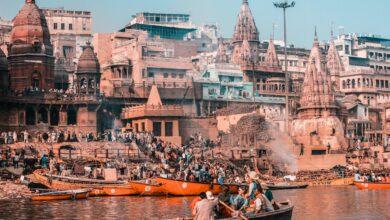
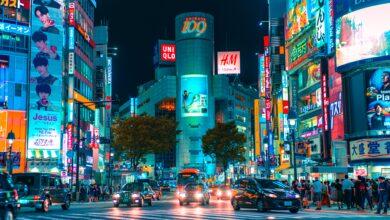
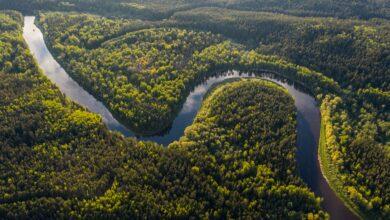
Facebook Comments